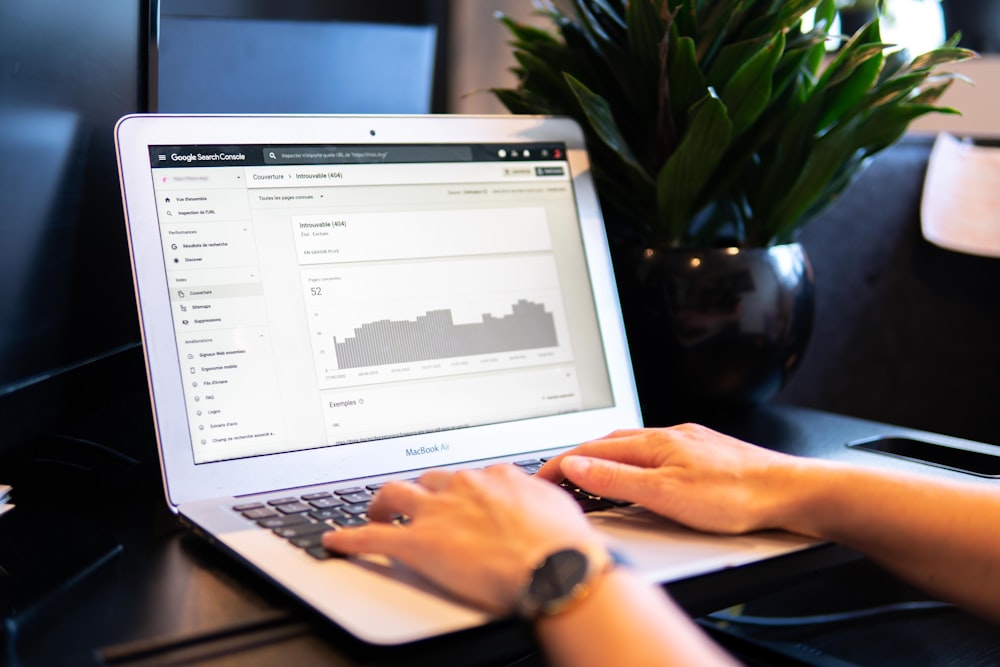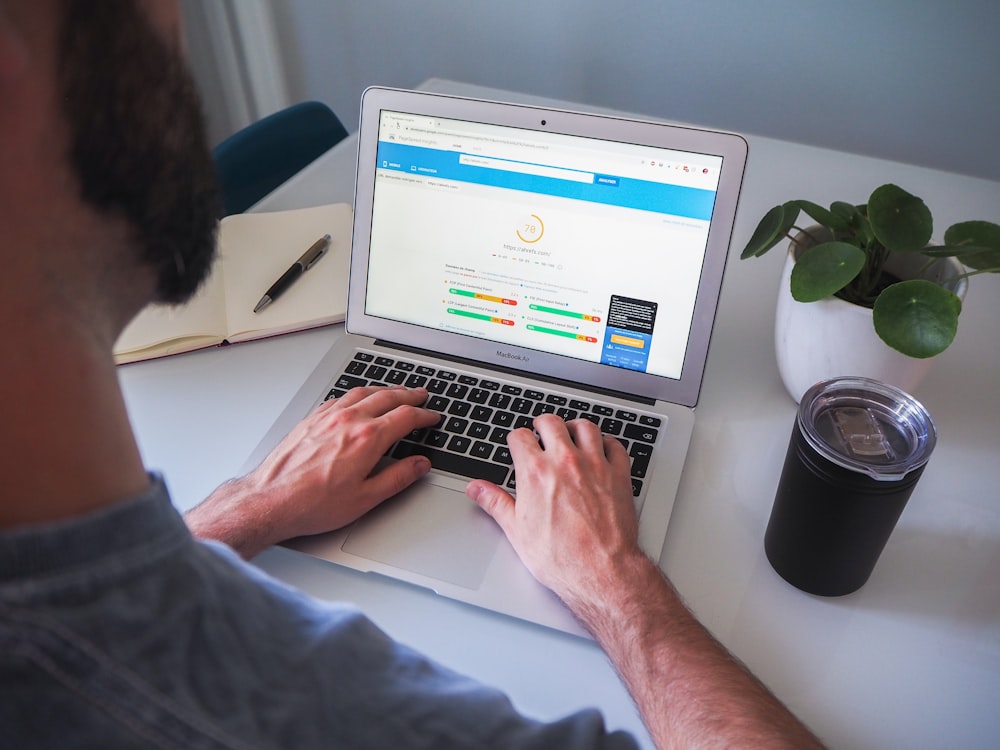On-site SEO (also known as on-page SEO) is the process of optimizing components on a website (as opposed to connections from other websites and other external signals, which are collectively referred to as “off-site SEO”) in order to rank better and receive more relevant traffic from search engines. On-site SEO refers to optimizing a page's content as well as its HTML source code.
It is not only aids search engines in interpreting page content, but it also aids users in quickly and clearly understanding what a page is about and whether it answers their search query. In short, good on-site SEO helps search engines comprehend what a human visitor would see (and get) if they visited a page so that search engines can dependably serve up what human visitors would consider high-quality information on a specific search query (keyword).
On-site SEO's ultimate goal can be viewed as making it as simple as possible for both search engines and users to:
- Recognize the purpose of a website;
- Determine whether or not the website is related to a search query (i.e. a specific keyword or group of terms);
Find that page to be informative and deserving of a high rating on a search engine results page (SERP).
In-depth.
One of Google Panda's primary goals was “thin” material; today, it's almost believed that content must be sufficiently comprehensive in order to rank well.
User-friendly.
Is the information readable? Is your website organized in a way that makes it easy to navigate? It is normally free of advertisements and affiliate links?
Unique.
Content replicated from elsewhere on your site (or elsewhere on the Internet) may have an influence on a site's ability to rank on SERPs if it is not properly resolved.
Authoritative and dependable. Is your content capable of serving as a stand-alone source of information on a specific topic?
In-Line With The Search Intent Of The User.
Delivering on searcher expectations is an important part of generating and optimizing for quality content. The subject of your content should correspond to the search queries for which you rank.
On-site Seo That Isn't Tied To Keywords
There are various “keyword-agnostic” elements that can influence a page's on-site optimization in addition to the keywords (themes) utilized in content and how they're discussed.
Among Them Is The Following:
Use of a link on a page: What is the total number of links? Is it an internal or external problem? What are they pointing to?
- Page loading time
- Use of structured data from Schema.org or another markup
- The URL structure of a page
- Mobile compatibility
- Metadata on the page
All of these features are related to the same central concept: providing a positive user experience. The better a page's on-site optimization is, the more useable it is (from both a technical and non-technical standpoint).























































































